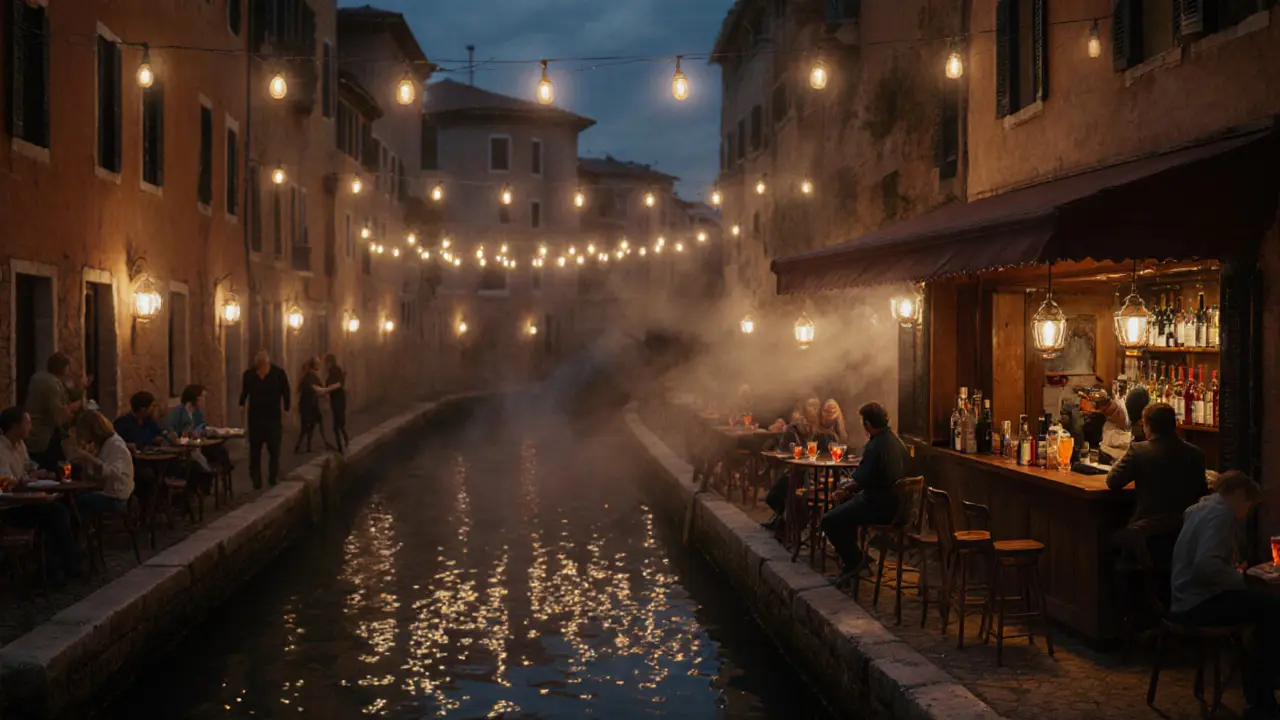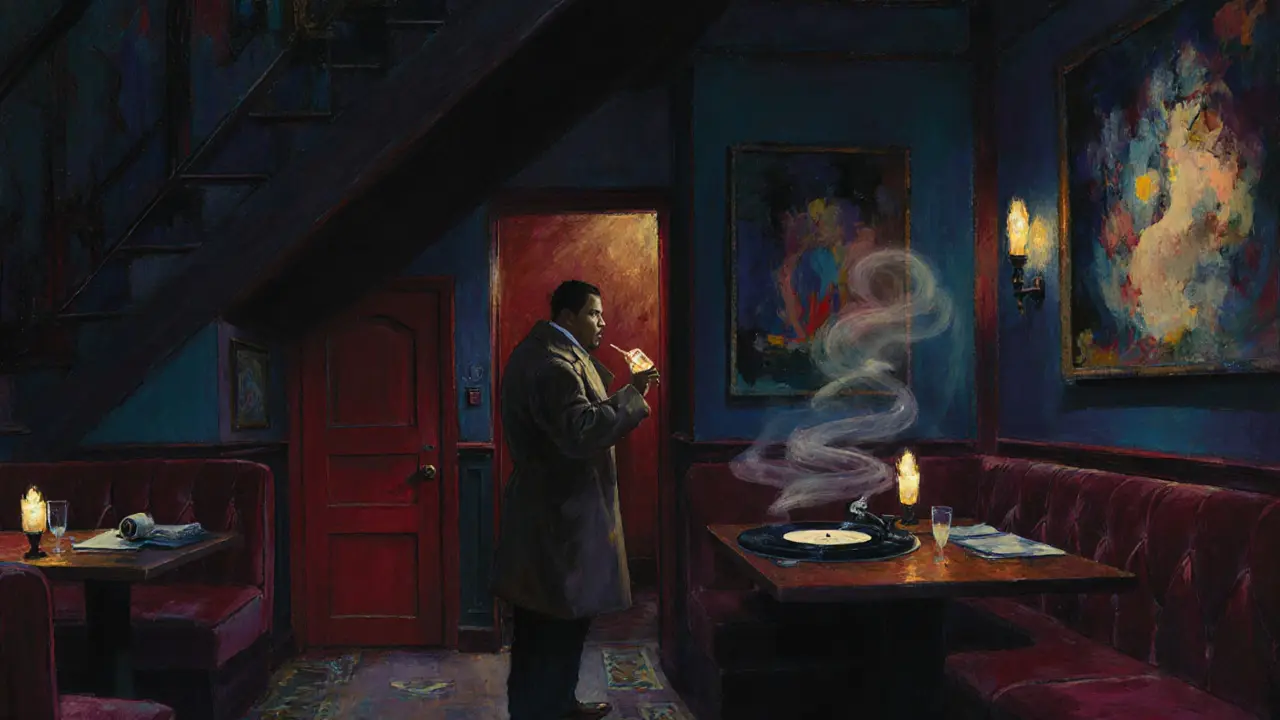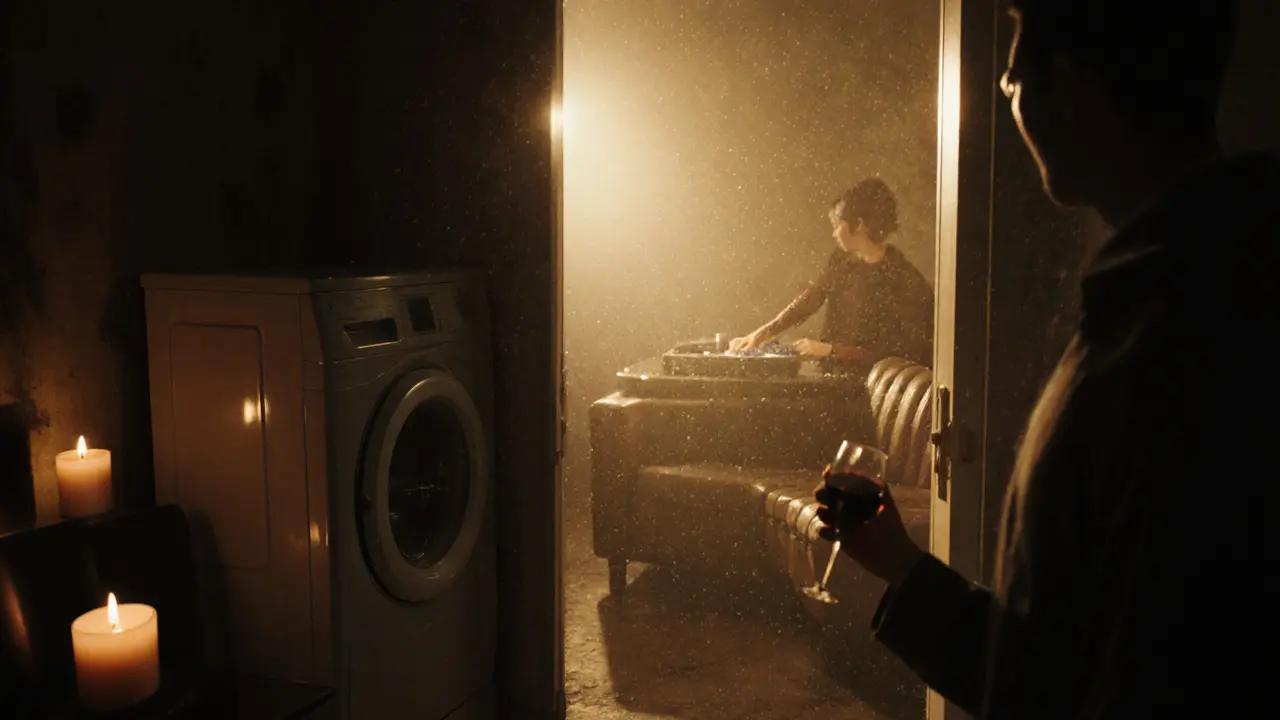
Forget the fashion shows-Milan’s real magic happens after sunset
Most visitors think of Milan as a city of tailors, runways, and coffee bars. But when the sun dips below the Duomo, the city sheds its daytime polish and becomes something wilder, louder, and more alive. You won’t find tourist traps here. You’ll find hidden courtyards with live jazz, rooftop lounges with Aperol spritzes that cost less than a subway ticket, and basements where DJs spin underground techno until 5 a.m. This isn’t just a night out-it’s a full sensory immersion.
The Navigli District: Canals, Cocktails, and Crowd Energy
If you want to feel like you’ve stepped into a Milanese movie scene, head to Navigli. This canal-side neighborhood is where locals go to unwind. By 8 p.m., the wooden tables spill onto the cobblestones, and the air smells like grilled sardines and citrus. Bar Basso, the birthplace of the Negroni Sbagliato, still serves its legendary cocktail with the same quiet confidence it has since 1945. Don’t expect a menu-just point at the bottle and say, "Un Sbagliato, per favore." The bartender will nod like you’ve just passed a secret test.
As night deepens, the stretch along the Naviglio Grande transforms. Open-air bars like La Bicicletta and Il Gatto Nero host live acoustic sets, while younger crowds gather at Bar Basso 2, a newer offshoot with craft gin cocktails and vinyl spinning in the back. Walk along the water after midnight, and you’ll see couples dancing under string lights, friends sharing cicchetti (small plates), and strangers becoming friends over a shared bottle of Prosecco.
Brera: Intimate, Artistic, and Always a Little Moody
Brera feels like a secret only Milanese know. Narrow streets lined with antique bookshops turn into alleyways lined with speakeasy-style bars. Here, the vibe is hushed, the lighting low, and the drinks complex. Bar Basso isn’t the only legend here-Bar del Fico is where poets, painters, and tech founders mix over single-origin espresso martinis. The walls are covered in local art, and the bartender knows your name by the third visit.
For something darker, try Il Baretto, tucked under a staircase near the Brera Art Gallery. No sign. Just a red door. Inside, it’s all velvet booths, jazz records, and whiskey neat. The playlist changes every week. One night it’s Nina Simone; the next, it’s a Milanese indie band you’ve never heard of. You won’t find a single neon sign. But you’ll leave feeling like you’ve been let in on something real.

Porta Venezia: The City’s Most Diverse Nightlife Hub
Porta Venezia is where Milan’s soul gets colorful. This neighborhood is home to LGBTQ+ bars, Ethiopian jazz clubs, Thai karaoke lounges, and late-night vegan taco stands. If you’re looking for a night that feels truly global, this is it. Bar Zà is a neighborhood staple-open until 3 a.m., with cheap beer, a backyard garden, and a crowd that includes students, retirees, and drag queens all sharing the same table.
Don’t miss La Baita, a retro-chic bar with 70s decor and a jukebox full of Italian disco. It’s the kind of place where a 70-year-old man in a leather jacket will dance with a 22-year-old nonbinary artist, and no one thinks twice. For something louder, head to Club 11, a basement club with a reputation for throwing the most inclusive parties in the city. The music? House, techno, and bass-heavy Italian pop. The dress code? Whatever you’re comfortable in.
Corso Como: Where Milan’s Elite Unwind (Without the Flash)
Corso Como isn’t a club. It’s a lifestyle. Once a 19th-century textile factory, it’s now a multi-level complex housing a design store, a café, a restaurant, and a private club that only opens at night. Entry isn’t about money-it’s about vibe. You won’t see bouncers checking IDs. You’ll see a guy in a hoodie letting you in because he liked your shoes.
The bar here, Corso Como Bar, serves cocktails made with local herbs and botanicals. The music is curated by DJs who play rare Italian disco and deep house. The crowd? Designers from the nearby fashion houses, filmmakers, and expats who’ve lived here longer than they’ve lived anywhere else. It’s quiet. It’s cool. It’s not for everyone. But if you’re looking for a night that feels like a private party hosted by someone who knows Milan inside out, this is it.
Where the Locals Go When They Don’t Want to Be Seen
Every city has its secret spots. In Milan, it’s La Soffitta, a tiny bar above a bookstore in the Brera district. No sign. Just a ladder leading up to a room with mismatched chairs, a fridge full of local wine, and a cat named Gigi who sleeps on the piano. You need a friend to take you there. No one posts about it on Instagram. The owner doesn’t take reservations. You show up, order a glass of Barolo, and stay until the sun comes up.
Another hidden gem: Il Clandestino, a speakeasy disguised as a laundry room in the Porta Ticinese area. Behind a washing machine, you’ll find a narrow hallway leading to a candlelit room with leather sofas and a DJ who only plays 80s Italian new wave. It’s the kind of place you’ll tell your friends about-then never mention again, because you don’t want it to get too popular.

What to Know Before You Go
- Start late. Milan doesn’t wake up until 11 p.m. Bars don’t fill until midnight. Dinner at 8:30 p.m. is normal. Don’t rush.
- Carry cash. Many small bars, especially in Navigli and Brera, don’t take cards. Keep €20-€30 on you.
- Dress smart-casual. No flip-flops, no sportswear. Milanese style is effortless, not flashy. A well-fitted jacket or a nice dress goes a long way.
- Don’t ask for "American-style" drinks. If you want a whiskey and soda, just say "Whiskey con ghiaccio e soda." They’ll make it. But they won’t judge you if you just order a spritz and let them surprise you.
- Leave your phone in your pocket. The best nights here aren’t the ones you photograph. They’re the ones you remember.
When to Go for the Best Experience
Weekends are packed, especially in Navigli and Porta Venezia. But if you want the real Milanese nightlife-quiet, authentic, and unhurried-go on a Wednesday or Thursday. The crowds are smaller, the drinks are cheaper, and the DJs are experimenting. You’ll get better service, better music, and better conversation.
Summer (June-August) is when the city truly opens up. Outdoor terraces stay open until dawn. Pop-up bars appear in abandoned warehouses. The Navigli canals light up with floating lanterns. It’s magical. But book ahead if you want a table at a popular spot.
Final Tip: Let Milan Surprise You
You won’t find a checklist of "must-visit" clubs here because that’s not how Milan works. The best night out isn’t the one you planned. It’s the one you stumbled into. Maybe it’s a bar with no name. Maybe it’s a jazz session in a church basement. Maybe it’s a stranger who invites you to try their homemade limoncello.
Milan’s nightlife doesn’t shout. It whispers. And if you listen closely, it’ll lead you somewhere unforgettable.

Write a comment